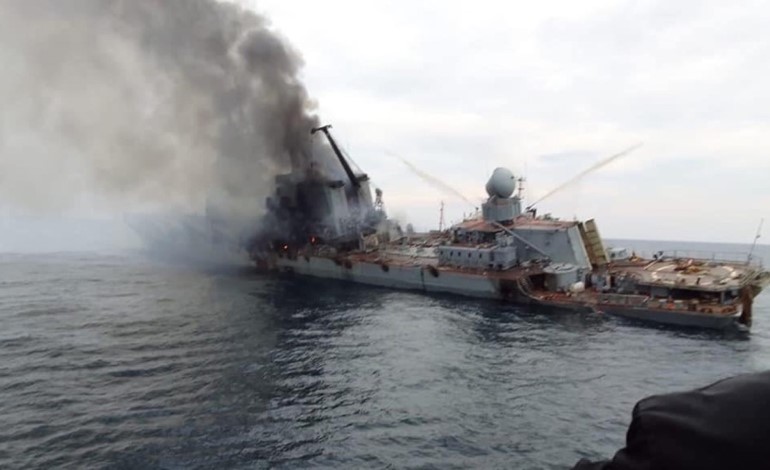Russian Fires: Is arson the new IED?

By Peter Polack
The imperialist ambitions of Russia under the cover of state media and restricted information have been beset by the exposure of a string of seemingly unconnected fires. A state defence research facility, major chemical factory, fuel depots, military enlistment offices, medical facilities, vehicles and forests have all fallen victim to fires recently.
While there are explanations aplenty, that vary from public to private sources, Ukraine influence is only an easy but misguided answer.
A compelling reason would be the obvious ineptness of the Russian fire services revealed in the protracted and amateur attempt to extinguish the urban situated military laboratory. That inferno rings familiar with the sunken flag ship Moskva saga, initiated by Ukraine missiles before being enveloped in flames, then sinking in deep water. Comparison could be drawn with the equally tragic USS Cole explosion in Yemen, over two decades ago, that saw that U.S. Navy vessel endure an arguably larger attack. The USS Cole has remained in service with lessons learned actively taught to young sailors. This concept would trickle down to insufficient, faulty equipment, poor training, maintenance and preventative measures, all attributes unveiled by the Russian army in Ukraine.
A population intimidated into submission and even acquiescence from leadership meetings to despatch of conscripts would reveal resistance in anonymous but effective ways. Iraq, Afghanistan and Syria are all compelling examples of citizens resorting to violence when they their voices cease to be heard and repression becomes the order of the day. Alexei Navalny is only one visible sign of resistance to the status quo. There are many, many others.
An early Improvised Explosive Device (IED) was the Molotov cocktail, pejoratively named by Finnish resistance after a Soviet foreign minister during the Russian invasion of Finland at the start of the Second World War. Liberally used throughout the world for irregular warfare, it saw renewed popularity in the Hungarian opposition to Russian oppression in 1956. Ukraine engaged in mass production of the device prior to the Western turnaround in the supply of more sophisticated weapons.
If in fact the recent string of Russian immolation events are acts of arson and not negligence, then they come at a time when the military and intelligence leadership are in flux as they cower from the maximum leader in Moscow.
It is a fertile time for displays of disappointment from citizens disgruntled by a meaningless loss of young life or the entrenched nomenklatura now under attack by their former grand mentor.
Biography
Peter Polack was a former criminal lawyer in the Cayman Islands for several decades. He is the author of The Last Hot Battle of the Cold War: South Africa vs. Cuba in the Angolan Civil War (2013), Jamaica, The Land of Film (2017) and Guerrilla Warfare: Kings of Revolution (2018). He was a contributor to Encyclopedia of Warfare (2013) and worked as a part-time reporter for Reuters News Agency in the Cayman Islands 2014-19 but now lives in Canada. His work has been published in Small Wars Journal, Defence Procurement International, American Intelligence Journal, U.S. Army John F. Kennedy Special Warfare Center magazine, Military Times, Foreign Policy News, EU Today, Radio Free Europe, VOA Portuguese, South Africa Times, History Cooperative, iNews Cayman, Jamaica Gleaner, Miami Herald, Reuters, Toronto Star and The New York Times. McFarland will publish his latest book entitled Soviet Spies Worldwide: Country by Country, 1940–1988. He has completed Only the Young Shall with Jack McCain about raising the age of military enlistment and is currently doing research on a curated collection entitled War In Pictures of almost 1,000 images throughout several conflicts over many centuries.







